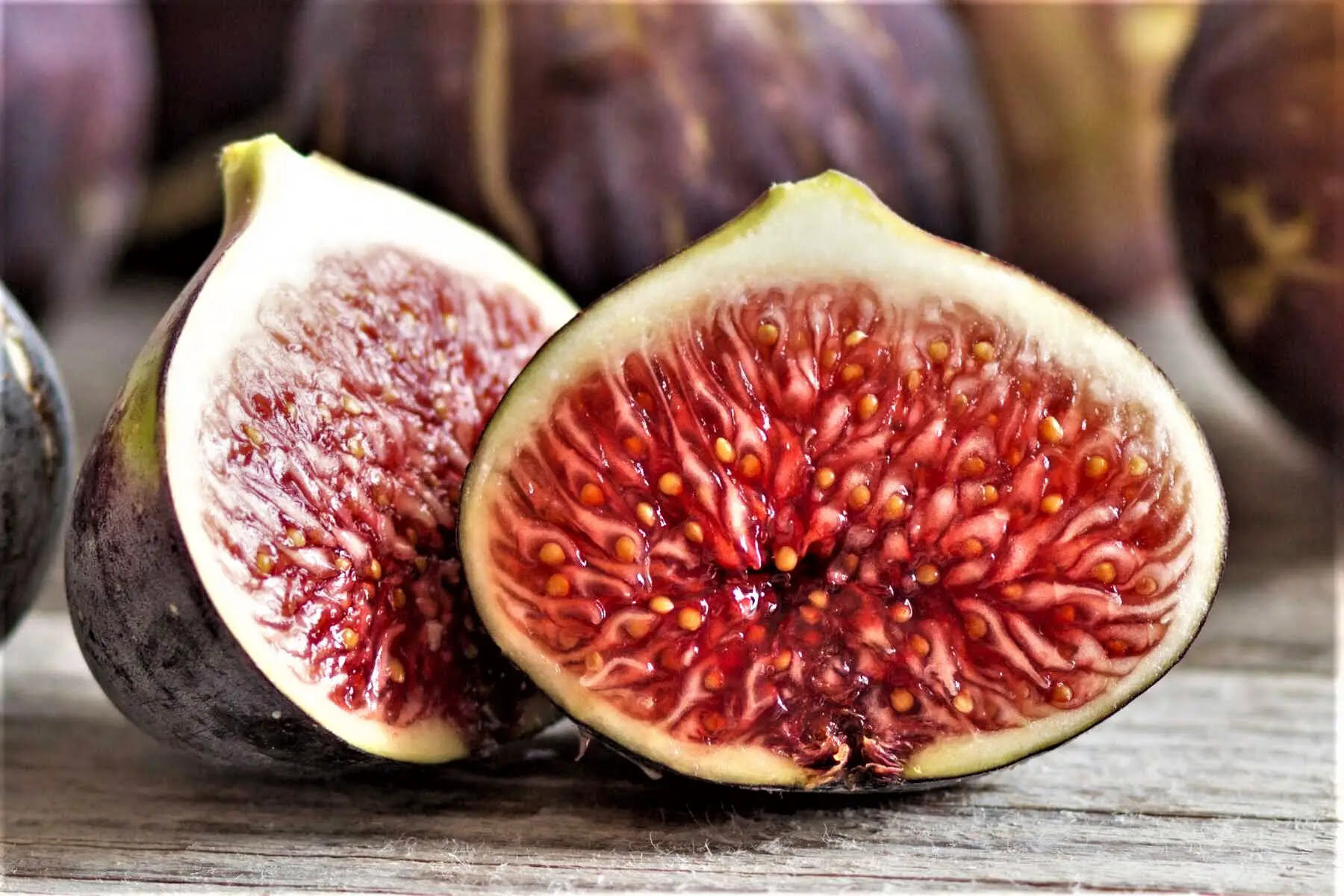

Articles
How To Store Figs In Fridge
Modified: August 21, 2024
Learn the proper way to store figs in the fridge to keep them fresh and tasty for longer. Read our helpful articles for expert tips and techniques.
(Many of the links in this article redirect to a specific reviewed product. Your purchase of these products through affiliate links helps to generate commission for Storables.com, at no extra cost. Learn more)
Introduction
Figs are delicious and versatile fruits that are enjoyed by many people around the world. They have a unique and sweet flavor that adds a delightful touch to various dishes and desserts. Whether you have just bought a fresh batch of figs or have harvested them from your own garden, proper storage is essential to maintain their freshness and flavor for as long as possible.
Storing figs in the fridge is a popular method to prolong their shelf life and keep them at optimal quality. The cool temperature of the refrigerator helps slow down the ripening process and prevents the fruit from spoiling too quickly. However, it’s important to handle and store figs correctly to ensure they stay fresh and tasty.
In this article, we will explore the reasons for storing figs in the fridge, how to choose ripe figs, the proper way to prepare them for refrigeration, and some additional tips to extend their shelf life. We will also discuss how long figs can last in the fridge and how to determine whether they have gone bad.
So, if you want to enjoy the lusciousness of figs for an extended period, keep reading to learn the best practices for storing figs in the fridge!
Key Takeaways:
- Properly storing figs in the fridge prolongs their shelf life, preserves their nutritional value, and maintains their delicate texture. Follow the steps outlined to enjoy fresh and flavorful figs for an extended period.
- Choosing ripe figs, preparing them for refrigeration, and following storage tips can help maximize the shelf life of figs. By being attentive to signs of spoilage, you can ensure a safe and enjoyable fig-eating experience.
Read more: How To Store Ripe Figs
Why Store Figs in the Fridge
Storing figs in the fridge offers several benefits that help maintain their freshness and flavor. Here are a few reasons why it’s a good idea to refrigerate your figs:
- Prolongs Shelf Life: Figs are highly perishable fruits, and they tend to ripen quickly at room temperature. By placing them in the fridge, you can extend their shelf life by several days, allowing you to enjoy them for a longer period.
- Preserves Nutritional Value: Figs are packed with essential nutrients, including fiber, vitamins, and minerals. Refrigeration helps slow down the enzymatic activity in figs and reduces nutrient degradation, ensuring that you can reap their nutritional benefits when you consume them.
- Maintains Texture: Figs have a delicate texture, and exposure to heat and humidity can cause them to become mushy or spoil faster. Refrigerating figs helps retain their firmness and prevents them from becoming overly soft or mushy.
- Delays Ripening Process: Figs are often purchased or harvested when they are not fully ripe. Placing them in the fridge slows down the ripening process, allowing you to control their readiness and enjoy them when they have reached your desired level of ripeness.
It’s important to note that while the fridge is an ideal storage location for figs, it’s best to avoid storing them in the freezer. Freezing figs can alter their texture and compromise their flavor, resulting in a less enjoyable eating experience.
Now that you understand the benefits of refrigerating figs, let’s move on to the next section and learn how to choose ripe figs for storage.
Choosing Ripe Figs
Before storing figs in the fridge, it is essential to select ripe ones to ensure optimal flavor and quality. Here are some tips to help you choose ripe figs:
- Color: Look for figs that have a deep and rich color. Depending on the variety, ripe figs can range from green to purple or brown. Avoid figs that are pale or have a greenish hue as they are likely underripe.
- Texture: Gently squeeze the figs to check their firmness. Ripe figs should be soft but not mushy. They should give slightly when pressed but still hold their shape. Avoid figs that are too firm or overly soft, as they may not be at their peak ripeness.
- Appearance: Inspect the skin of the figs for any blemishes, bruises, or mold. Ripe figs should have smooth and unblemished skins. Avoid figs with signs of damage as they may have started to spoil.
- Fragrance: Sniff the figs to check for a sweet and fragrant aroma. Ripe figs emit a delightful scent that is a good indication of their readiness. If they have a weak or no smell, they may still need more time to ripen.
It’s important to note that figs can continue to ripen after they are harvested. If you have purchased slightly underripe figs, you can leave them at room temperature for a day or two to allow them to ripen further before transferring them to the fridge.
Now that you know how to choose ripe figs, let’s move on to the next section and learn how to properly prepare figs for refrigeration.
How to Prepare Figs for Refrigeration
Properly preparing figs before placing them in the fridge is crucial to ensure their longevity and quality. Here’s a step-by-step guide on how to prepare figs for refrigeration:
- Gently Wash: Start by gently rinsing the figs under cool running water to remove any dirt or debris. Be careful not to scrub them vigorously, as figs have delicate skin that can easily get damaged.
- Pat Dry: After washing, use a clean kitchen towel or paper towels to pat the figs dry. Removing excess moisture helps prevent premature spoilage and mold growth.
- Remove Stems: Using a sharp knife or your fingers, carefully remove the stems from the figs. This step is optional, but removing the stems can help improve air circulation and prevent potential moisture buildup.
- Inspect and Discard: Take a few moments to inspect each fig for any signs of damage or spoilage. Discard any figs that are bruised, moldy, or have started to rot. It’s crucial to remove any spoiled figs to prevent them from affecting the others in the batch.
- Air Dry (Optional): If you prefer, you can allow the figs to air dry for a few minutes before refrigerating. Placing them on a clean kitchen towel or a mesh drying rack allows any remaining moisture to evaporate and reduces the risk of condensation in the fridge.
Once you have prepared your figs, it’s time to store them in the fridge. Let’s move on to the next section to learn the best way to store figs in the fridge.
The Best Way to Store Figs in the Fridge
Now that you have prepared your figs for refrigeration, it’s time to store them in the fridge. Follow these steps to ensure you are storing them in the best way:
- Place in a Container: Transfer the figs to a shallow, airtight container lined with a paper towel or a clean kitchen towel. The paper towel will help absorb excess moisture and maintain the figs’ freshness.
- Avoid Overcrowding: Make sure not to overcrowd the figs in the container. Leave some space between them to allow for proper air circulation. Overcrowding can lead to faster spoilage and the development of mold.
- Seal and Label: Seal the container tightly to prevent air from entering and moisture from escaping. Label the container with the date to keep track of their freshness.
- Position in the Fridge: Place the container of figs in the refrigerator’s crisper drawer or on a shelf where they are less likely to get crushed or bumped. Figs are delicate fruits and can easily get damaged.
It’s important to note that figs are sensitive to odors and can easily absorb them. To prevent the transfer of smells, it’s recommended to store figs away from strong-smelling foods, such as onions or garlic.
Remember to keep the refrigerator temperature between 32°F and 40°F (0°C and 4°C) to ensure optimal preservation. Avoid frequent temperature fluctuations as they can affect the figs’ quality and accelerate spoilage.
Now that you know the best way to store figs in the fridge, let’s move on to some additional tips to help extend their shelf life.
Store figs in the fridge in a single layer on a paper towel-lined tray to prevent them from getting squished. Make sure to use them within a few days for the best flavor and texture.
Read more: How To Store Fig Cuttings
Tips for Extending Fig Shelf Life
If you want to maximize the shelf life of your figs and enjoy them for an extended period, consider these tips:
- Don’t Wash Until Ready to Use: It’s best to refrain from washing your figs until you’re ready to consume them. Excess moisture can promote mold growth and spoilage, so keeping them dry until needed will help preserve their freshness.
- Store Unripe Figs at Room Temperature: If you have purchased figs that are not fully ripe, it’s advisable to leave them at room temperature to allow them to ripen further. Once they reach your desired ripeness, you can transfer them to the fridge to slow down further ripening.
- Use airtight Bags: Another option for storing figs in the fridge is to place them in airtight plastic bags. This method can help create a microclimate around the figs and reduce moisture loss.
- Consume within a Few Days: While refrigeration can extend the shelf life of figs, it’s still best to consume them within a few days of refrigeration to enjoy them at their peak freshness. Over time, even properly stored figs can start to lose their flavor and texture.
- Consider Freezing: If you find that you won’t be able to consume all your figs within a few days, you can consider freezing them. However, keep in mind that frozen figs may lose some of their texture and flavor compared to fresh figs. Properly wrap them in freezer-safe bags or containers to prevent freezer burn.
By following these tips, you can help extend the shelf life of your figs and ensure they remain delicious for as long as possible.
Next, let’s explore how long figs can typically last when stored in the fridge.
How Long Do Figs Last in the Fridge
The shelf life of figs in the fridge can vary depending on their ripeness and storage conditions. On average, properly stored figs can last for up to 1-2 weeks in the refrigerator.
If you have purchased or harvested figs that are already fully ripe, they will have a shorter shelf life compared to slightly underripe figs. Ripe figs are generally more delicate and prone to spoilage, so it’s recommended to consume them within a few days of refrigeration.
However, if you have figs that are not fully ripe, you can keep them in the fridge for a longer period to allow them to ripen further. It’s best to monitor their ripeness and enjoy them as they reach your desired level of sweetness and tenderness.
Remember that proper storage practices are essential to maintain the quality and freshness of figs. Keep them in a shallow, airtight container or sealed plastic bag to minimize moisture loss and prevent exposure to air, which can lead to spoilage.
Additionally, it’s important to visually inspect your figs before consuming them. If you notice any signs of mold, unusual discoloration, or an off smell, it’s best to discard them to avoid any potential risks to your health.
By following these guidelines and consuming your figs within their recommended storage timeframe, you can enjoy their delicious flavor and nutritional benefits.
In the next section, we will discuss how to determine whether figs have gone bad.
How to Tell If Figs Have Gone Bad
Knowing how to identify if figs have gone bad is essential to ensure your safety and avoid consuming spoiled fruit. Here are a few signs to look out for:
- Mold: Check the surface of the figs for any signs of mold growth. Mold appears as fuzzy patches or irregular discoloration on the skin. If you spot mold on any fig, it’s best to discard the entire batch, as mold can spread quickly.
- Discoloration: Examine the color of the figs. If they have turned a dark, mushy brown or black color, it indicates they have likely spoiled. Figs should retain their vibrant hue, whether it’s shades of green, purple, or brown, depending on the variety.
- Texture: Take note of the texture of the figs. If they feel excessively mushy, slimy, or have a noticeable change in texture, it could mean they have started to deteriorate. Fresh figs should be soft and yielding, but not overly squishy or mushy.
- Odor: Give your figs a sniff. If they emit an unpleasant, sour, or rancid smell, it’s a clear indication of spoilage. Fresh figs should have a sweet, fragrant aroma.
It’s important to note that as figs age, they may have a slightly wrinkled appearance, which is a natural process. However, if the wrinkles are accompanied by any of the signs mentioned above, it’s best to err on the side of caution and discard them.
If you notice any doubt about the quality or safety of the figs, it’s always best to follow the old adage: “When in doubt, throw it out.”
By being attentive and regularly inspecting your figs, you can avoid consuming spoiled fruit and ensure a pleasant and safe eating experience.
Now that you know how to determine if figs have gone bad, let’s conclude this article.
Conclusion
Storing figs in the fridge is a fantastic way to prolong their shelf life and preserve their delicious flavor. By following the guidelines outlined in this article, you can ensure that your figs stay fresh, firm, and ready to eat for an extended period.
Choosing ripe figs and properly preparing them for refrigeration are essential steps in maintaining their quality. Remember to wash and dry them gently, remove any stems, and inspect them for signs of damage or spoilage before storing.
The best way to store figs in the fridge is to place them in a shallow, airtight container or sealed plastic bag. Avoid overcrowding, as proper airflow is crucial in preserving their freshness. Position the container in the crisper drawer or a dedicated shelf, away from strong-smelling foods.
While refrigeration can extend the shelf life of figs, it’s still advisable to consume them within a week or two for the best flavor and texture. Keep an eye out for signs of spoilage such as mold, discoloration, changes in texture, or unpleasant odors.
In conclusion, by understanding the importance of proper fig storage and implementing the tips shared in this article, you can enjoy the delightful taste and nutritional benefits of figs for a longer period. Whether you use them in salads, desserts, or enjoy them on their own, properly stored figs will enhance your culinary experience.
So the next time you have a batch of fresh figs, remember to store them in the fridge using the best practices outlined here, and savor their deliciousness for as long as possible. Enjoy!
Frequently Asked Questions about How To Store Figs In Fridge
Was this page helpful?
At Storables.com, we guarantee accurate and reliable information. Our content, validated by Expert Board Contributors, is crafted following stringent Editorial Policies. We're committed to providing you with well-researched, expert-backed insights for all your informational needs.
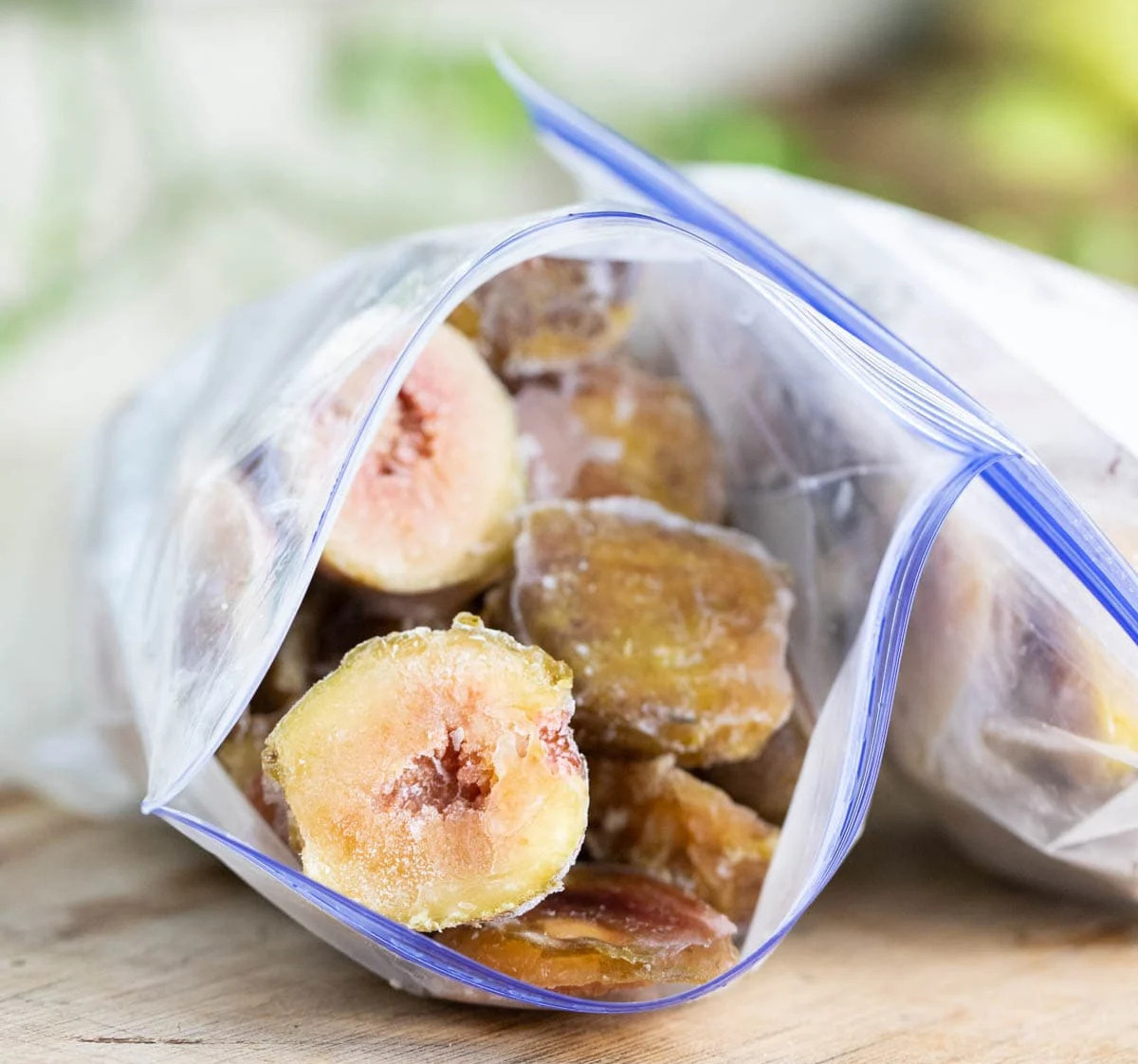
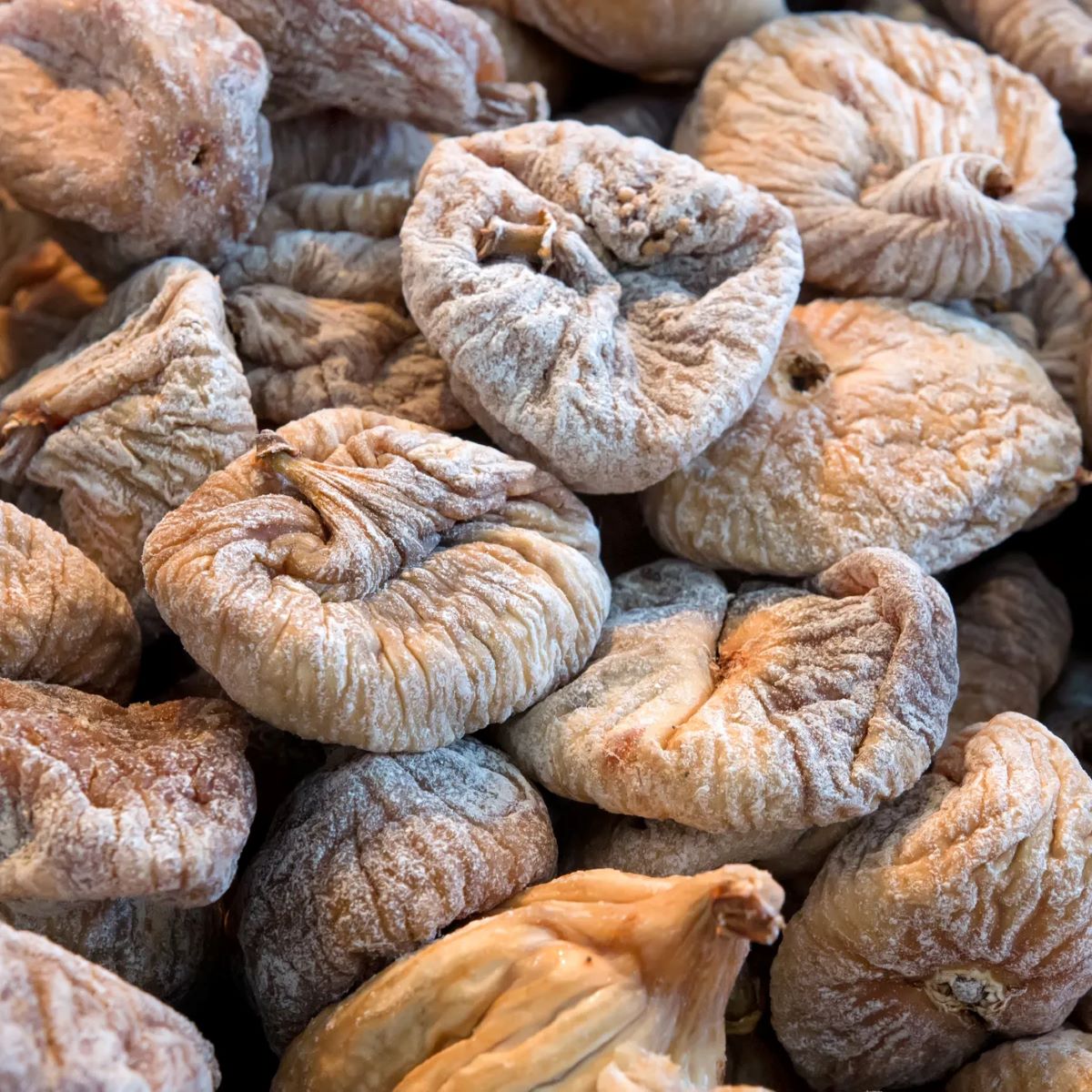


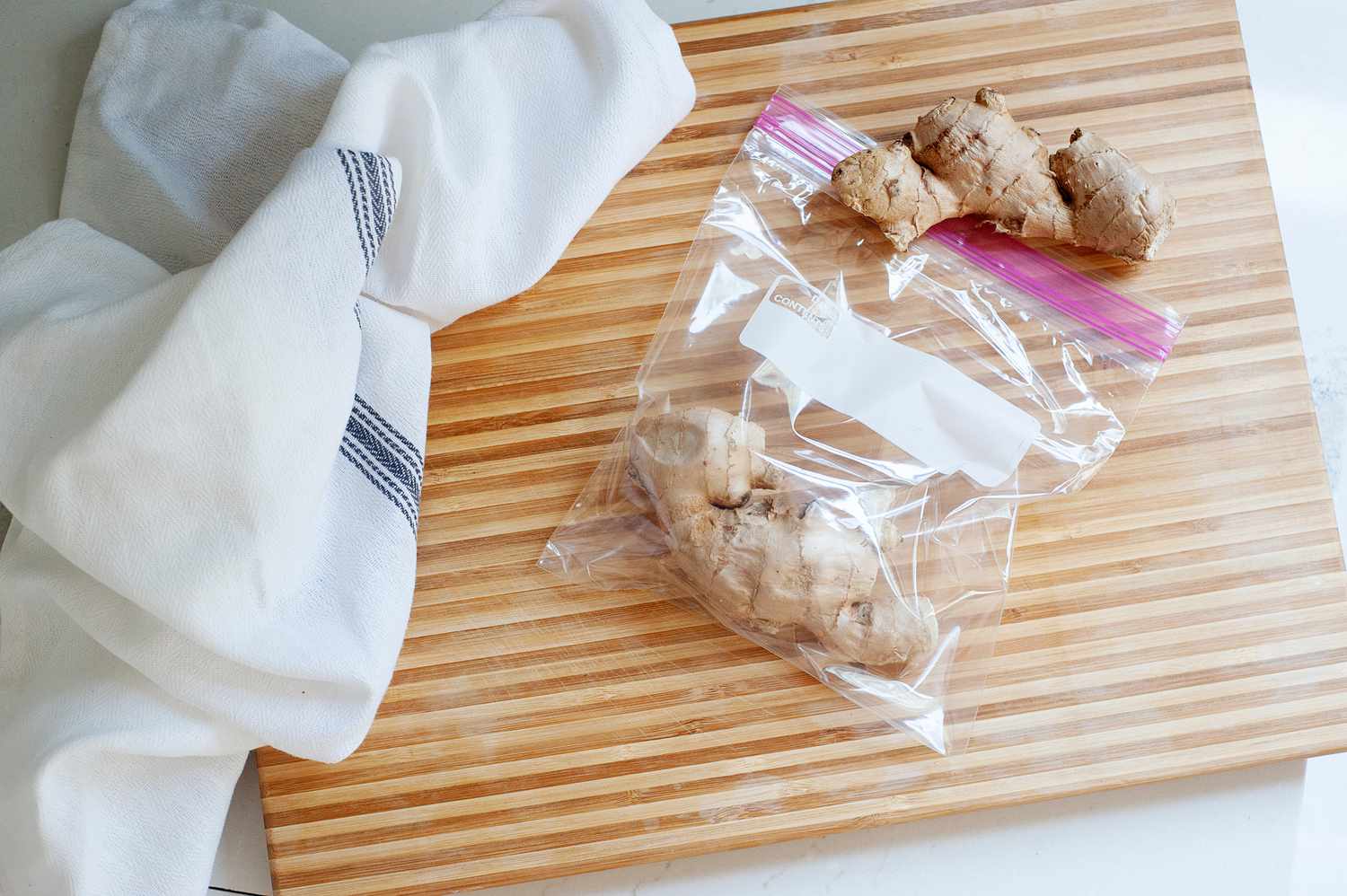


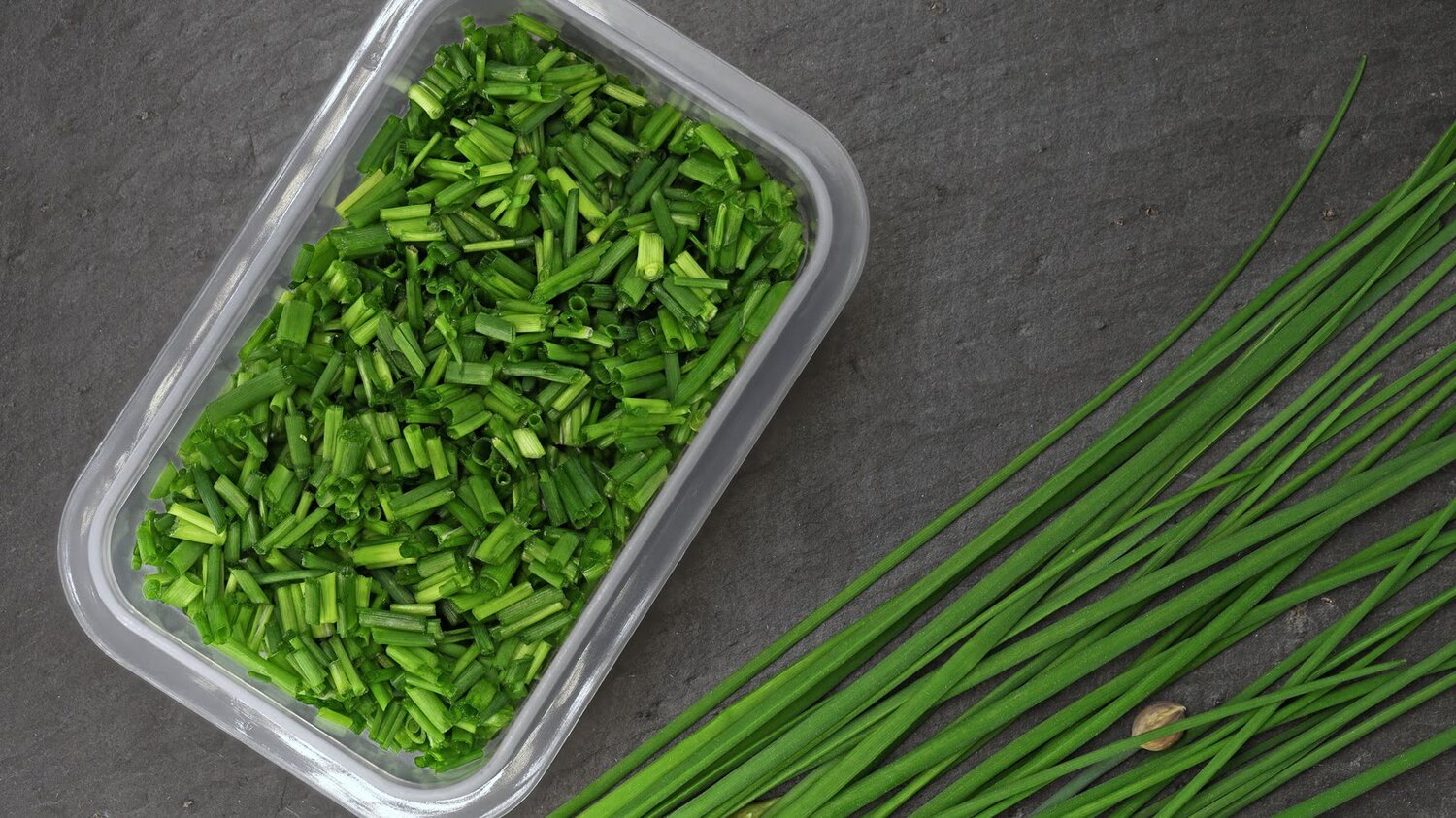


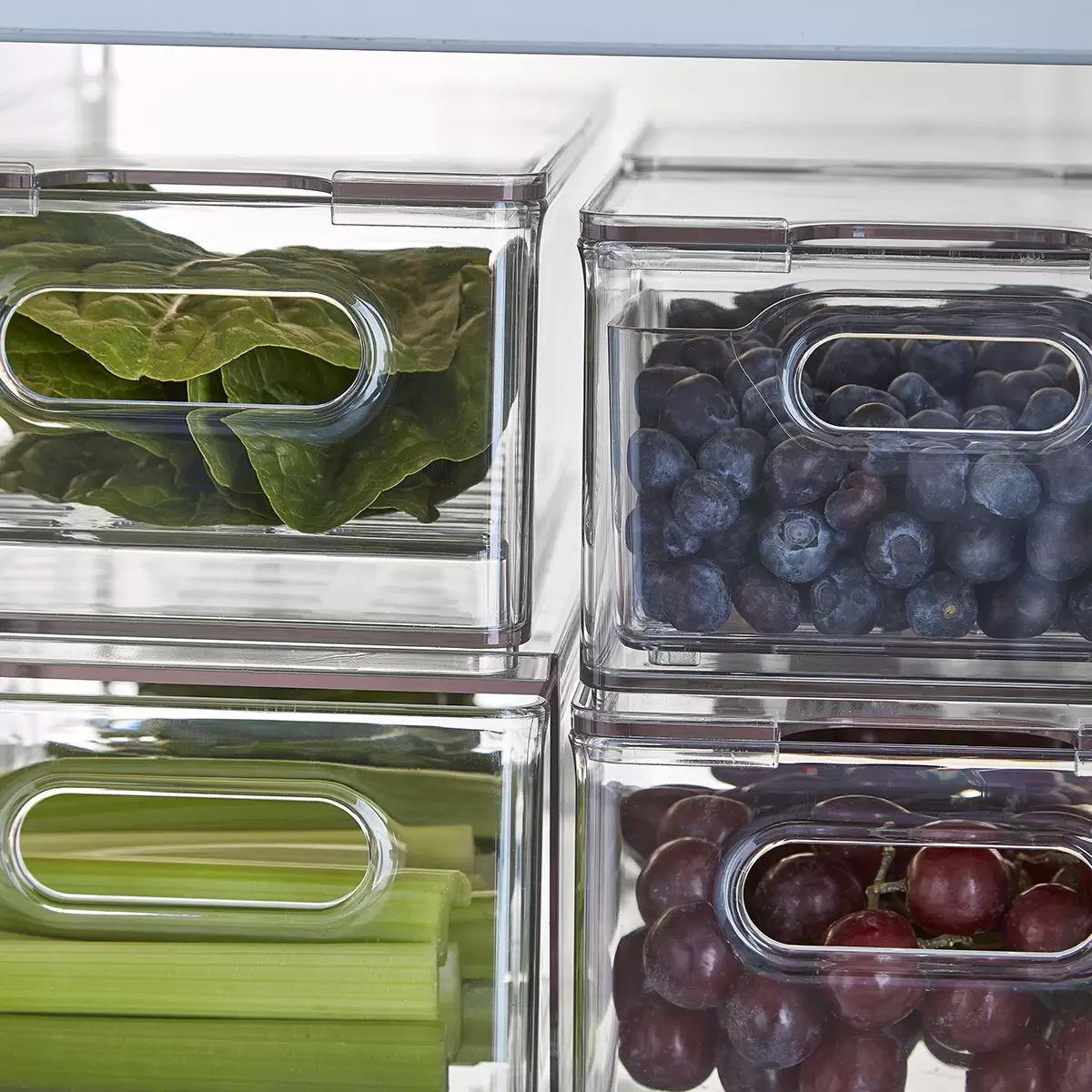

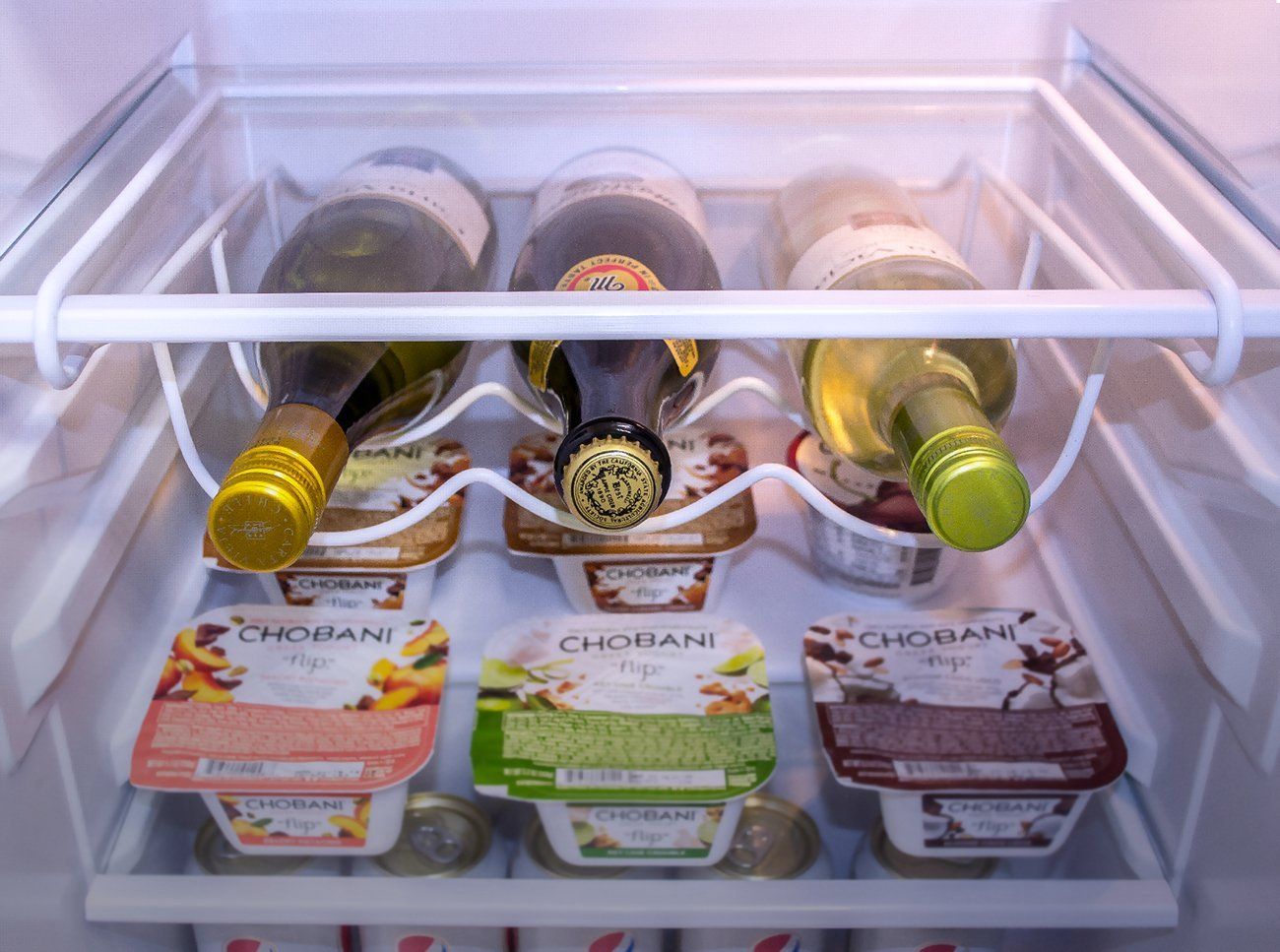
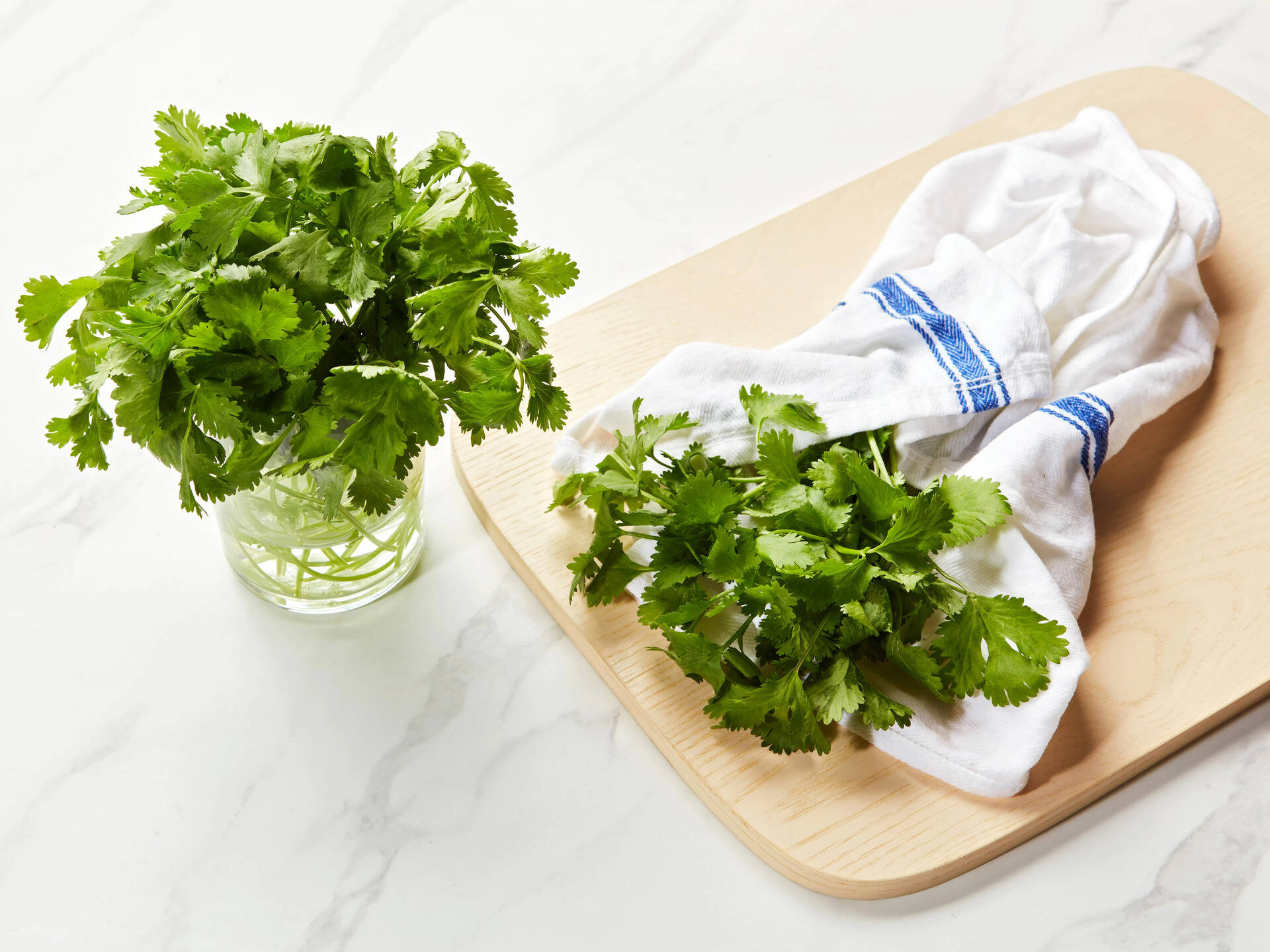

0 thoughts on “How To Store Figs In Fridge”